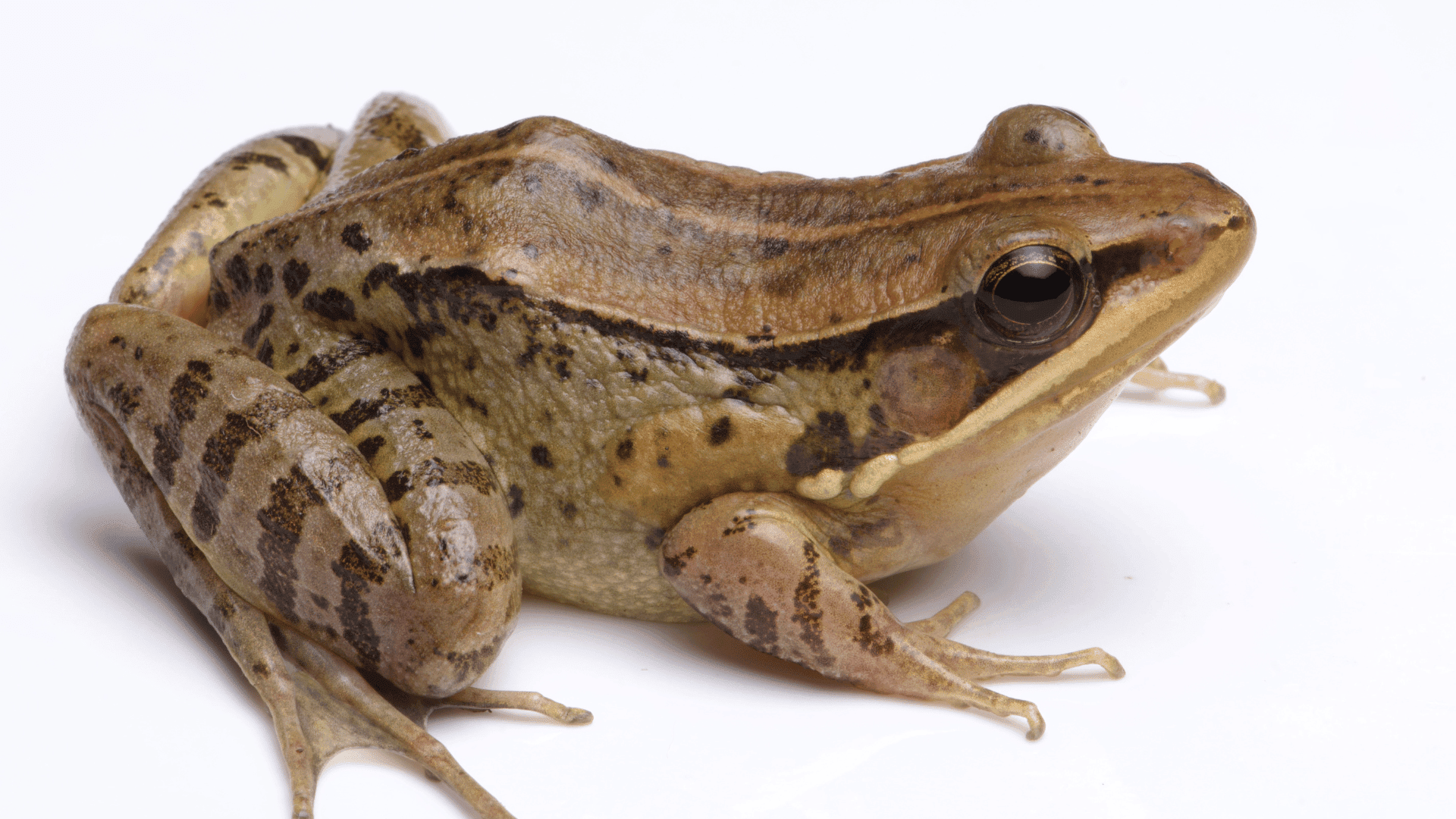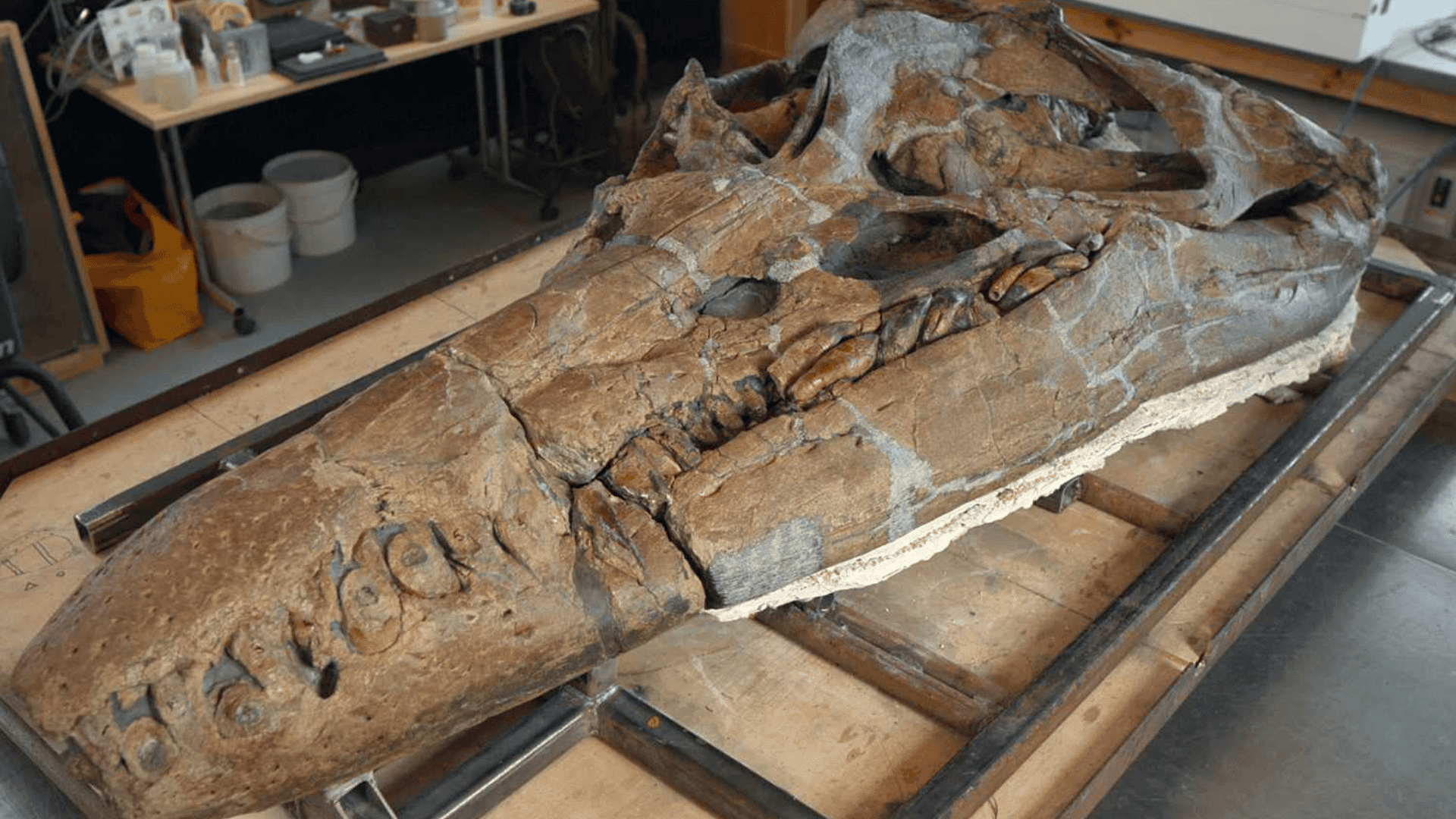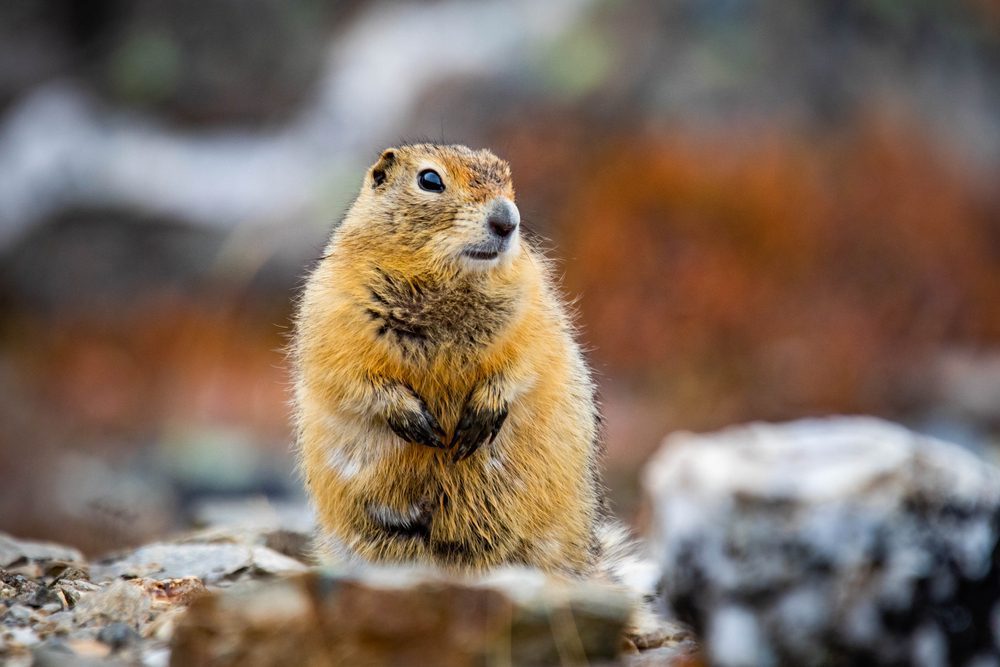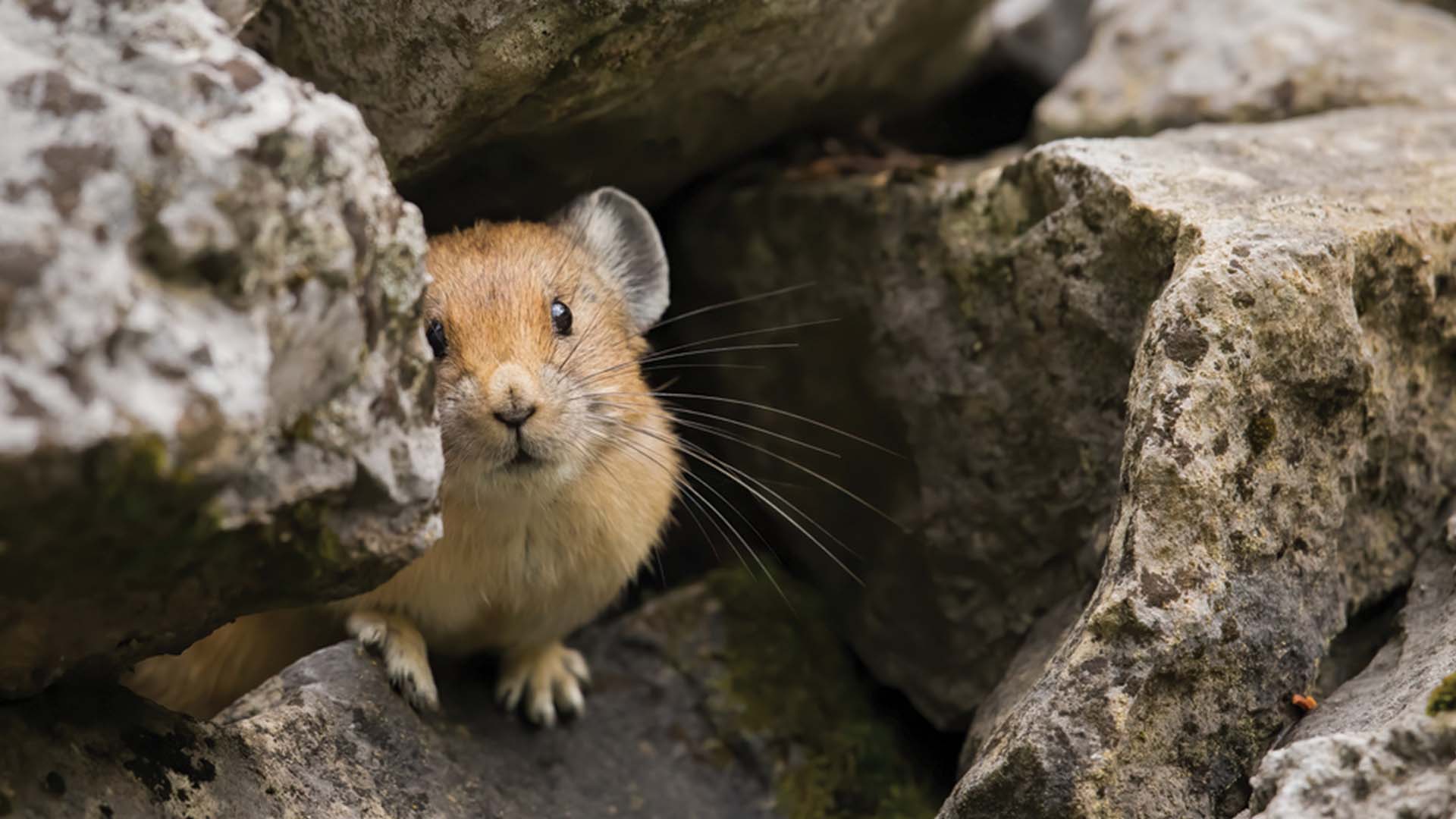A new species of tiny deer has been discovered in the central Andes in Peru, becoming the first new cervid species found in South America in over 60 years.
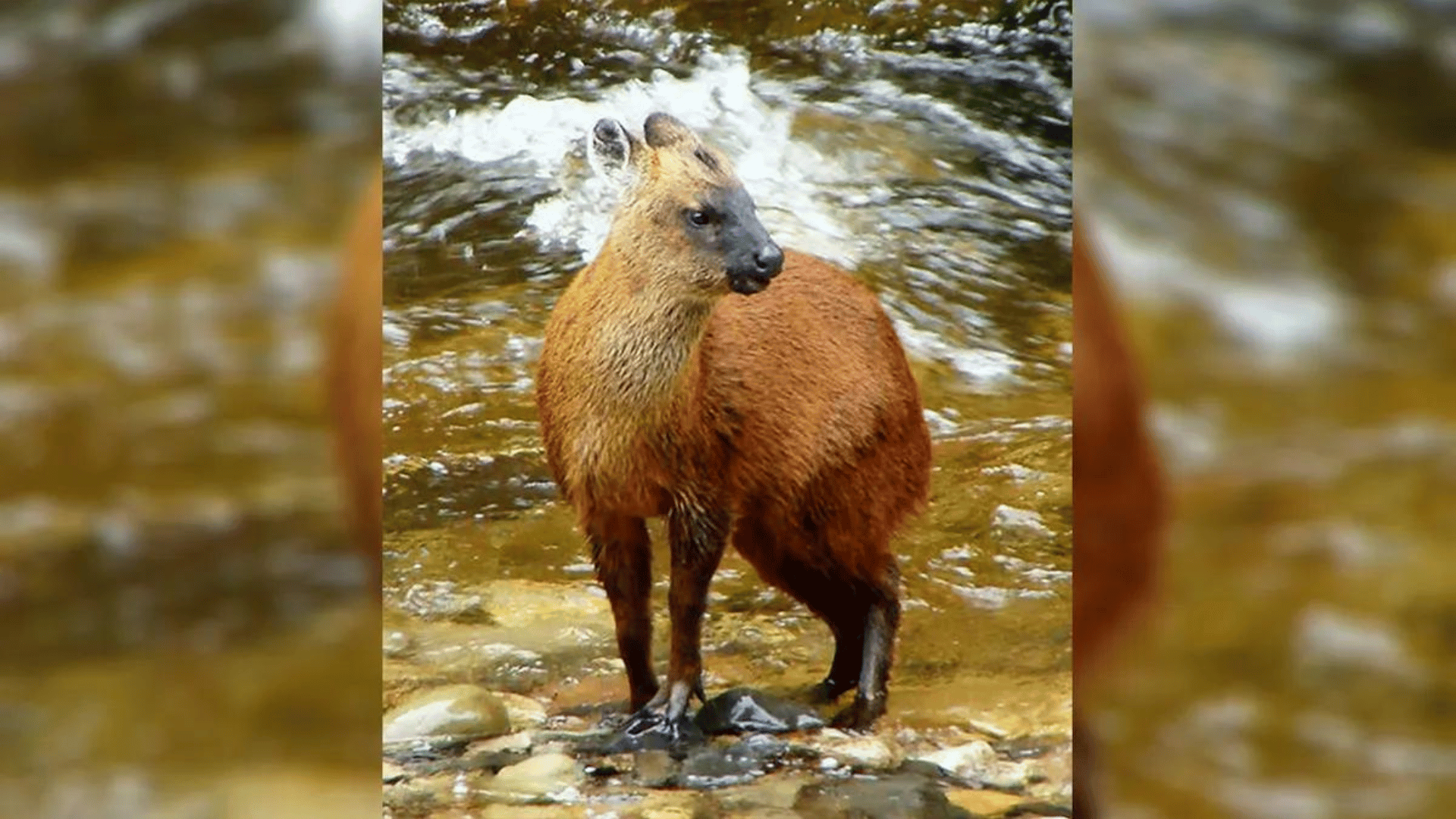
Originally there were thought to be two species of a group of deer known as pudus, the world’s smallest deer, which are split into the Southern and Northern pudu based on where they’re located. However, researcher Javier Barrio spotted something peculiar about some of the deer.
“He’d seen the animals in the field, and they looked different from others in the north,” stated fellow study author Guillermo D’Elia.
The team, which included Eliécer E Gutiérrez, carried out genetic tests to determine any DNA differences and morphological analyses which required taking measurements of features such as skull length of museum specimens of the deer.
Through the tests, the researchers discovered that what was thought to be the Northern pudu could actually be split into two species, one of which was a brand new species. It’s been named Pudella carlae, named after biologist Carla Gazzolo, and is thought to live exclusively in the dry valleys of Peru’s Huancabamba Depression.
Explore Tomorrow's World from your inbox
Get the latest science, technology, and sustainability content delivered to your inbox.
I understand that by providing my email address, I agree to receive emails from Tomorrow's World Today. I understand that I may opt out of receiving such communications at any time.
The discovery of the new species also brings about the resurrection of the Pudella genus, which had previously been suggested to separate the Northern and Southern species of pudus before it fell out of favor. How the new species differentiated from its relative, however, remains unclear.
“We don’t yet know if the new species arose from a population that became isolated when the depression formed, or from animals that later colonised and adapted, but we intend to find out,” said D’Elia.
Though they’re all related, there are distinct differences between the now three known species of pudu. The new P.carlae species sits in the middle in terms of size, weighing 15.4 to 19.8 pounds with paler ears and body fur that is described as a “rich reddish brown or orange-red.”



